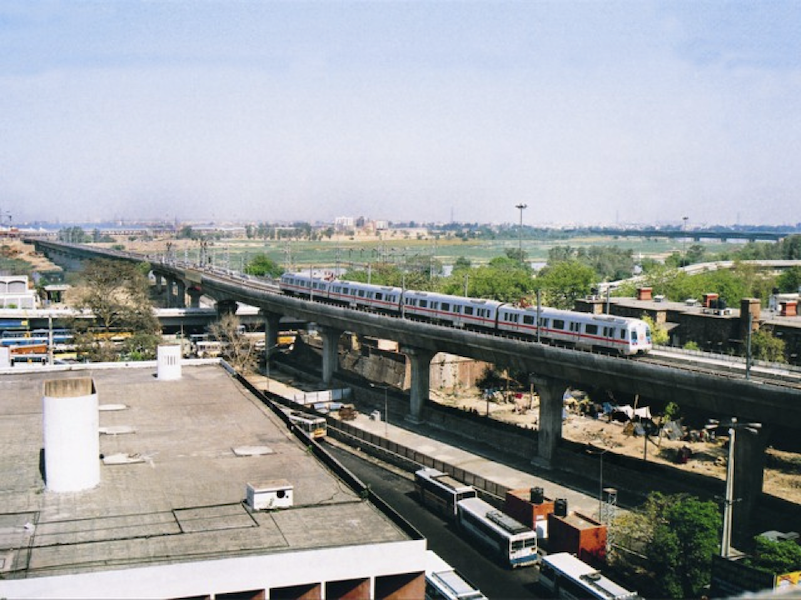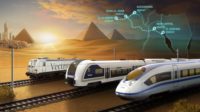Mumbai-based Larsen & Toubro emerged as lowest bidder for a 508-km, $3.3-billion bullet train project, a signal that India will build its first high-speed rail project using local capability, and was awarded a 237-km sector.
The Mumbai-to--Ahmedabad project attracted four bidders, all Indian companies. Others were Afcons Infrastructure, IRCON International, and the NCC-Tata Project-J Kumar Infra Projects-HSR consortium.
Larsen & Toubro's portion of the project between Vapi and Vadodar includes four elevated stations, one train depot and an 88-km-long viaduct.
“As in other economic sectors, the government has decided to pursue the ideal of self-reliance and encourage Indian companies in all the high-speed projects,” says a senior official at the Indian Ministry of Railways.
Sources in the Indian railway ministry said that prices charged by Japanese companies for designing, engineering and construction of the project were too steep for the government project owner, the National High Speed Rail Corp. Ltd.
The owner has plans for eight high-speed projects costing a total of $17 billion. A major portion, $13.72 billion, will come in the form of a soft loan from Japan International Cooperation Agency, a government body, at an interest rate of 0.1% a year.
Feasibility studies are underway for the other seven projects to connect other cities: Delhi-Amritsar, Varanasi-Kolkata, Delhi-Varanasi, Delhi-Ahmedabad, Mumbai-Hyderabad, Mumbai-Nagpur and Chennai-Mysore.
Japanese companies are expected to provide locomotives and coaches for the high-speed trains along the Mumbai-Ahmedabad route, although the Indian government still has the option to pursue international bidding to get the best price offer. The government wants to keep out Chinese companies, which are usually low bidders, according to observers.
The move toward self-reliance is significant because Indian Prime Minister Narendra Modi held several discussions with the former Japanese Prime Minister Shinzo Abe and Chinese President Xi Jinping for assistance in the high-speed rail projects.
But recent border clashes with China motivated the Indian government to cut down on foreign reliance and develop local capabilities in manufacturing, construction and other areas. The decision may affect Chinese plans to construct another high-speed rail lines connecting the Indian capital of Delhi to the southern metropolis, Chennai.
The Mumbai-Ahmedabad high-speed route is expected to reduce the travel time between the two cities to less than two hours compared to the current time of more than seven hours. There will be a dozen stations and two rail depots.
Work on the project started in 2010 with a pre-feasibility study conducted by French consulting firm Systra, Rail India Technical and Economic Service and Italy’s ITALFER. It had projected approximately 26.6 million passengers using the high-speed line in 2021 and 104 million passengers in 2041.
Larsen & Toubro's railway construction business segment "has played a lead role in constructing India's first monorail system at Mumbai and also brings in extensive experience of working on large-scale underground rail infrastructure,” the company’s website says.
But it makes no mention about its experience in design and construction of high-speed rail. This has led to some speculation that the firm will award subcontracts directly to foreign companies or to Indian firms that have collaborations with foreign players.
Another challenge involves the acquisition of land for the rail route. The project owner needs to acquire more than 2,000 hectares of land from farmers in two Indian states, Maharashtra and Gujarat. But this is a slow and difficult process, with farmers unhappy at the rate of compensation and challenging it in courts, delaying work.
In one district, Navsari, the owner needs to acquire 92 hectares of land and has managed to buy only 5.26 hectares. Strong support from the government has not helped relieve resistance from farmers. In other places, only 20% of required land has been acquired.




